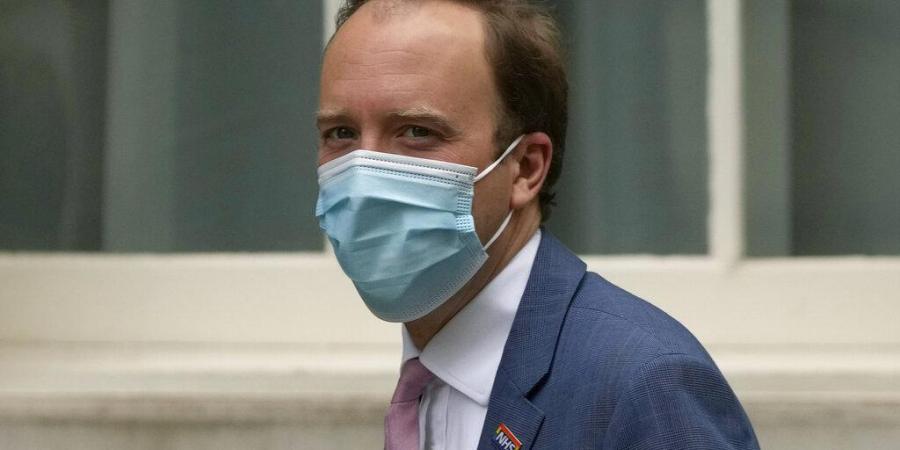 LONDON: UK’s roadmap to lifting all coronavirus restrictions appeared to be balanced on a knife-edge, with authorities and scientists urging caution amid the rapid spread of the B.1.617 COVID-19 variant first identified in India, which the health secretary says is estimated to be behind up to three-quarters of new infections in the country.
LONDON: UK’s roadmap to lifting all coronavirus restrictions appeared to be balanced on a knife-edge, with authorities and scientists urging caution amid the rapid spread of the B.1.617 COVID-19 variant first identified in India, which the health secretary says is estimated to be behind up to three-quarters of new infections in the country.
Public Health England data shows cases of the variant have risen by 3,535 to 6,959 since last week.
Health Secretary Matt Hancock told a Downing Street briefing on Thursday that the government had always expected cases to rise as restrictions were eased.
But he said it was “critical” to monitor the link between cases and hospitalisations.
On Thursday, a further 3,542 coronavirus cases and 10 deaths within 28 days of a positive test were reported in the UK.
It is the second day in a row the number of new COVID-19 cases has topped 3,000 – the first time infections have reached this level since mid-April.
“The latest estimates are that more than half and potentially as many as three-quarters of all new cases are now of this variant,” Hancock told the briefing.
“As we set out our roadmap we always expected cases to rise – we must remain vigilant.”
He said the increase in cases was still focused on hotspots.
The PHE data found the worst-affected areas continue to be Bolton, Bedford, and Blackburn with Darwen, which have seen 1,354, 366 and 361 confirmed cases, respectively.
PHE added, however, that there are small numbers of cases of the variant in most parts of the country.
But the health secretary said there were “early signs” rates in Bolton are starting to “cap out”.
Hancock said vaccines were “severing the link between cases and hospitalisations and deaths from coronavirus”.
But he urged people to get both doses, saying that of the 49 people in hospital with Covid in Bolton only five had received two vaccinations.
Jenny Harries, chief executive of the UK Health Security Agency, told the briefing that many of the outbreaks were centred on “focal points”, such as community centres, schools or faith buildings.
She said it was “on the cusp at the moment” over whether rising cases reflected the variant taking off or whether there was a rise because more cases were being hunted for and detected by public health experts.
Increasing cases numbers were not “generally translating into increased cases of hospitalisation and definitely not into deaths,” she said.
“So the key message there is… if we can hold it while the vaccination programme gets rolled out, we stand a much better chance of getting through this session.”
It comes after Prime Minister Boris Johnson said England “may need to wait” for the lifting of all Covid restrictions, which is currently planned for June 21.
Johnson said he saw nothing “currently in the data” to suggest the government would have to delay unlocking.
But he added there were signs of an increase in the number of cases of the B.1.617.2 variant.
Johnson said it was important to understand to what extent the vaccine programme “interrupts the link” between infection, hospitalisation, serious illness and death.
Government scientists had always made clear that infection levels would increase as restrictions eased, particularly the resumption of indoor mixing.
But epidemiologist Prof Neil Ferguson, whose modelling was crucial to the decision to go into the first lockdown in March 2020, said the B.1.617.2 variant meant the reopening of society was now “in the balance”.
“The key issue as to whether we can go forward is: will the surge caused by the variant… be more than has been already planned into the relaxation measures?”
On June 21, the government hopes to move to the final stage of its roadmap for lifting lockdown. Scientists advising the government are currently studying all relevant data since the last set of lockdown relaxations on May 17.
Recent Random Post:















